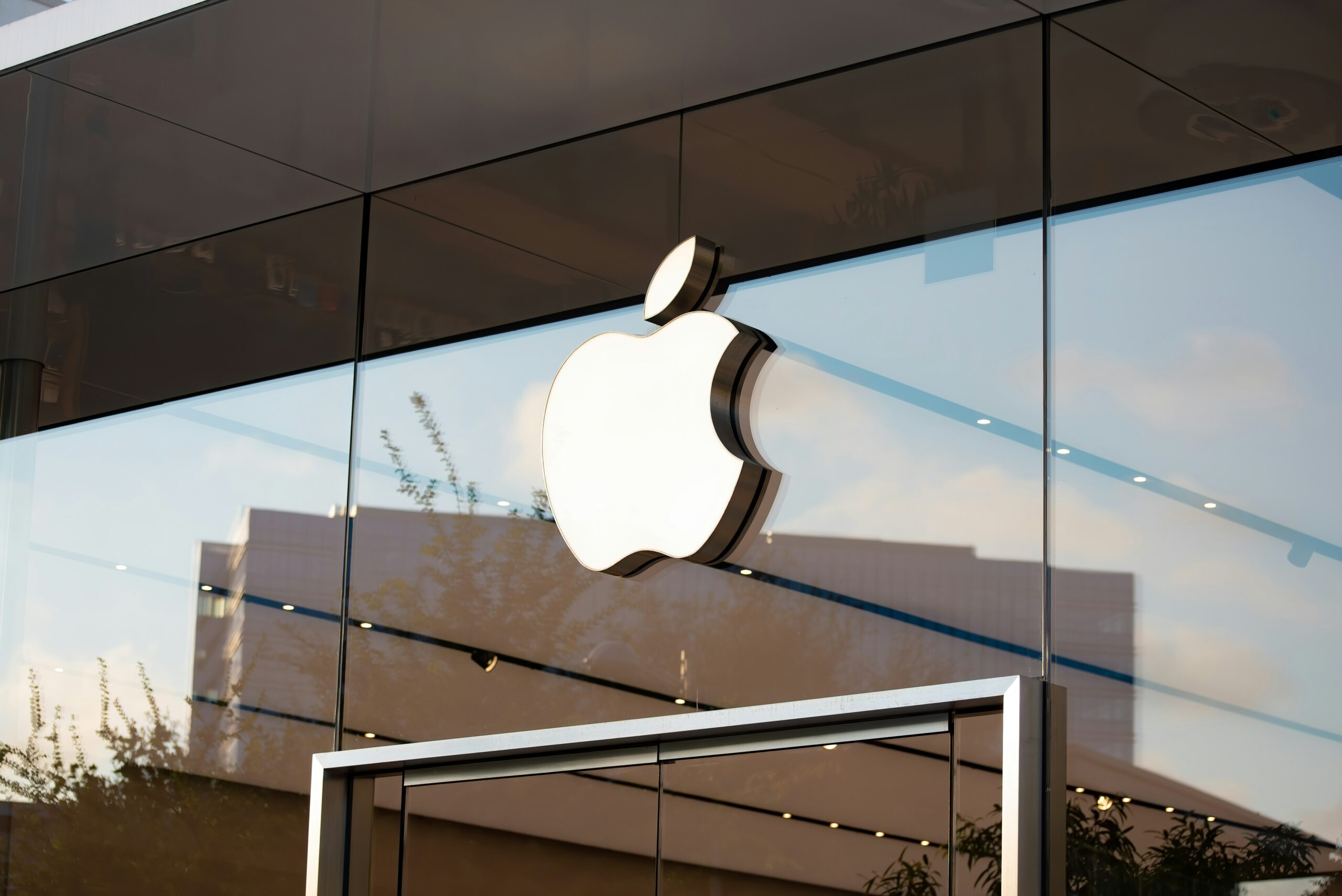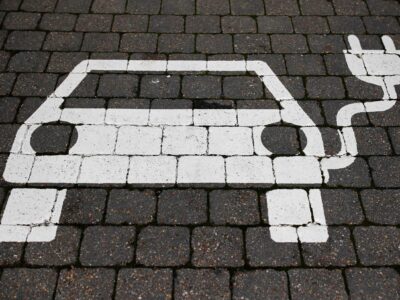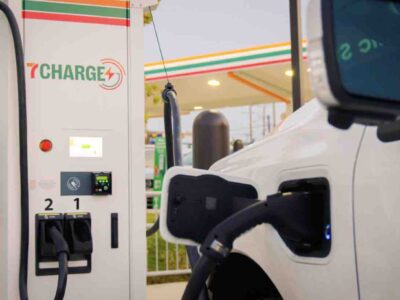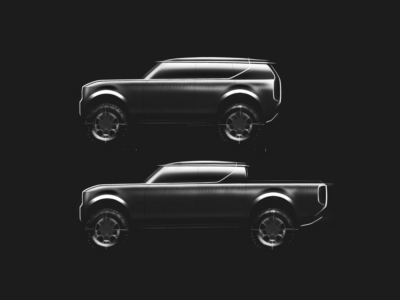The news sent ripples around the electric vehicle (EV) industry. According to Bloomberg, Apple announced internally on Feb. 27 that senior leadership would be “winding down” Project Titan, the EV development project started in 2015. The tech company had been working on the electric car’s research and development (R&D) since 2014, but it wasn’t public knowledge until 2015.
Bloomberg reported the news followed Apple’s decision to pivot to generative artificial intelligence (AI), the hot new venture in Silicon Valley. The consequences of this cancellation will be fierce. More than 2,000 people have worked on Project Titan, including hundreds of hardware engineers and vehicle designers. Layoffs will follow — Bloomberg reported that the number is unknown — though some will transition to the AI team.
After nearly 10 years of work, Apple suddenly pulling the plug on an electric car project raises the question of what happened inside Cupertino’s walls? What led Tim Cook and Apple’s executives to decide it was no longer worth pursuing Project Titan?
Wired reported the company struggled to get Titan off the ground. The first step is supposed to be building a prototype, but Apple never built one.
No partnerships with vehicle manufacturers, battery producers, mineral suppliers, and other EV-related companies were formalized. Preliminary talks were held with Magna International, Hyundai, LG, Canoo, and Chinese ride-hailing/autonomous software developer Didi Chuxing, but nothing was confirmed. Apple was targeting a release date of 2028.
Apple used its substantial capital to its advantage. It brought in many former Tesla designers, engineers, and some staff from legacy automakers. It brought in CJ Moore, a former Tesla Autopilot software director; Ulrich Kranz, the former CEO of Canoo; and Doug Field, now the chief EV, digital, and design officer at Ford, who spent time at Tesla in VP roles.
The team reportedly suffered from creative differences and an overly ambitious boardroom. The car was supposed to be fully autonomous as the company followed the lead of rivals like Google in the early days.
In the mid-2010s, tech giants began testing self-driving vehicles before it was a standard feature. By the time Project Titan garnered enough traction to start R&D (2015), the Apple Watch launched, shifting Apple’s attention back to consumer electronics.
Then came the Tesla boom of 2016–2017, when the Model 3 dropped and changed everything. The company released an electric sedan with the best charging network and cords. The kicker was the car cost under $70,000. It set a precedent for the rest of the fledgling EV industry: not only would these cars have to be sold below internal MSRP estimates, but they had to be efficient.
According to The New York Times, internally, Apple knew its EV would have to cost at least $100,000 to turn a slim profit, and it probably wouldn’t outsell iPhones. The newspaper also said Apple talked to Elon Musk about acquiring his car company, but that never happened.
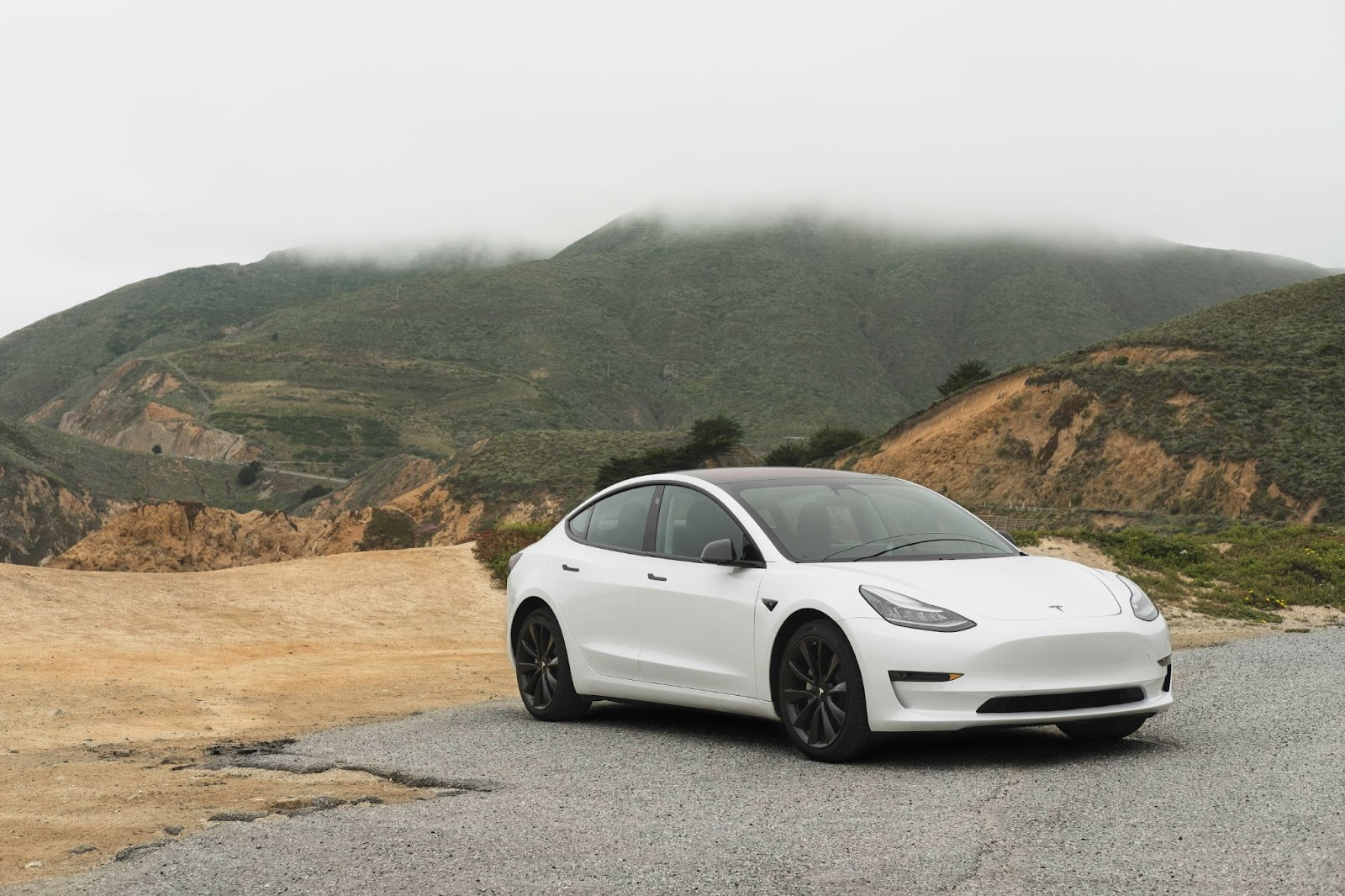
Photo Courtesy Charlie Deets
Around the same time, Apple executives Bob Mansfield and Jony Ive felt differently about the car project. They wanted to focus on autonomous driving software, but Steve Zadesky, the initial project leader, wanted to create a Tesla competitor vehicle. Zadesky walked away from the project in 2016, and Mansfield declared Titan’s main goal now was to develop self-driving software.
A self-driving prototype attachment was created and put over a Lexus SUV for testing. Apple took it on the streets of California to see if the technology was reliable.
Wired reported that between December 2022 and November 2023, Apple drove its Lexus more than 83,000 miles autonomously, which showed significant progress.
However, more shakeups in team leadership shifted the project back to building an EV with Tesla-inspired driver assistance features. By 2021, it was beginning to look like a futile effort, especially with Tesla capturing such a large portion of the market, Ford and GM’s EV rollout, and other EV brands with clearer vision emerging, like Rivian and Lucid.
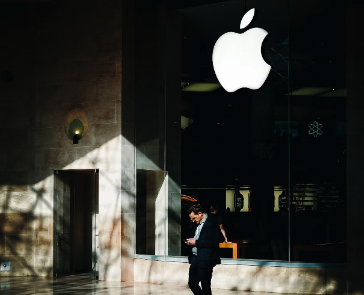
Photo Courtesy Robin Ooode
The Apple electric car failed to launch for many reasons: unaligned creative vision, time and money, and inability to compete with Tesla. The project’s cancellation also coincides with what could be a slowing EV market. GM and Ford are pivoting to hybrid engines as EV sales dropped in early 2024.
Dropping the prices of some EVs hasn’t reignited consumer interest yet. Similarly, despite the advances made, self-driving cars are still worlds away.
Apple is a computer company, so perhaps it was odd that it decided to pursue an electric car. Then again, Apple is not the only company trying its hand at clean transportation. Sony and Honda’s joint venture Afeela, is expected to be released in 2026 and is supposed to have self-driving features and PlayStation 5 connectivity. Microsoft invested several millions into EV tech and autonomous driving. There are still opportunities for competition in the EV realm, but Apple’s foray may have tech firms more mindful of the process, the money required, and the people leading the R&D.

